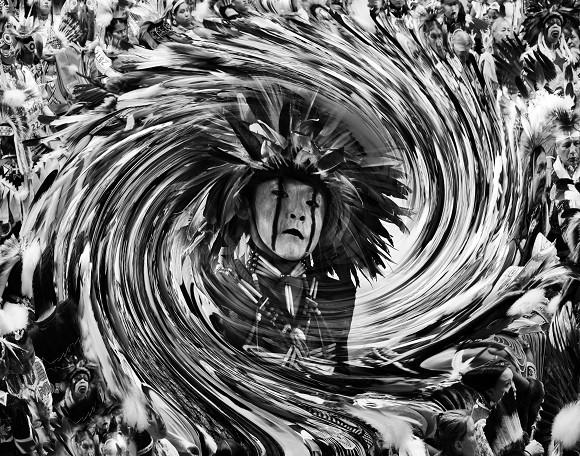The Stedak Tribe: An Unusual Practice

A Native Tribe
North America, in all its vastness and diversity, has recently been proclaimed as home to a newly discovered native tribe, the Stedak. Though this group follows interesting practices, their culture is altogether fascinating to study.
Among many oddities, young members of the Stedak Manhserf (manhserf meaning younger) tribe travel in packs. These packs, ranging anywhere from five to fifteen youth, occupy their time with learning the customs and beliefs of their ancestors and older tribal members. Scientists have deemed these packs euqilcs, and characterize them as exclusive because of their outrageous social behavioral expectations. For example, if a young girl in the euqilc wears the wrong apparel to a tribal event, she will be disregarded as ignorant until she changes clothing.
Also as an interesting note, the young girls are inclined daily to paint their faces in order to attract a mate either from the Stedak tribe or from the neighboring Keerc Enip or Trapmar tribes. Uniqueness is striven for, but if everyone is unique, who actually is? The packs move together to different cultural events. Some may call them nomads, however, at the end of each day, almost every young member succeeds in returning to their parents at the family tent at night.
The events they attend are no less surprising than the painting of the faces. Like some ancient cultures, the Stedak participate in a variety of entertainment. The men of the tribe, wholeheartedly inclined to win over the heart of a young mate, battle each other in many different “games,” for lack of a better term. Two organized groups of five to ten men regularly compete with physical strength to impress the ladies in their tribe. The most popular event with the largest crowds has always been a game between two teams (one from the Stedak tribe against one from a neighboring tribe) involving a long field and small livestock. A pig, the animal commonly used, is killed and fought over on the field. The team with the most possessions of the pig after a few timed periods is awarded victory and honor in their tribe.
In recent years, young members of the Stedak have begun to stray slightly from the folklore of their forefathers. The youngsters are often prone to avoid direct communication with other members of their euqilc. Instead, they prefer to talk into small handheld boxes. As strange as it seems, their customs are cherished, especially by the Manhserf and the magical talking boxes are a significant part of the Stedak tribe.
Along with the small magic boxes, it is customary in youth to both change the shape of ones teeth and pull some teeth out if necessary. Trained practitioners in the tribe use strong tools to pry out the teeth and ensure their cleanliness. Among these odd traditions, many undergo a small torture for anywhere from one to three years with material attached to their mouths to change its shape. Many tribesmen value impressing others, and thus bear these tortures with brave hearts and high standards.
Education in their culture is valued greatly, especially by the chiefs, mothers, and fathers. Manhserfs and Eromohpos (slightly older than the manhserfs), along with the two older youth groups, are forced to sit for close to seven hours each day listening to the discoveries of previous tribesmen. They pay attention most of the time, and are put through brutal assessments to ensure that they remember what their fathers and ancestors have taught them. The most brutal years of youth, however, are the two years that follow the Eromohpos group. During these two years, members of neighboring, exclusive tribes evaluate the youths’ performance, both in schooling and entertainment achievements. If a young man or women is approved by the examiner, he or she is taken from their family tent in autumn, leaving for years-on-end to learn the ways of other tribes and to discover the earth for themselves.
Stedaks cherish a culture very different from ours, and in all seriousness, perhaps magical boxes are not that bad of an idea, if talking to a box passes for acceptable conversational practices. We can learn a considerable amount from these North American natives and personally, I hope that we can continue to coexist with the Stedak for as long as it takes the magical boxes to be adopted into our own societal culture. Whether or not they paint their faces or wrestle for dead animals, the tribespeople carry a respectable pride derived from their social rituals and folklore, and their dedication to education. May they continue in their unconventional ways; we wish good luck to their prosperity.

People often refer to me as the Captain, due to my daring nature and ability to lead masses of people across storming seas unharmed. And even if people...








Kayla Wiitala • Jan 16, 2015 at 8:50 am
This is a very clever article, and well written for it being so abstract.
Brady Becco • Jan 16, 2015 at 8:49 am
Wait, where is the Stedak tribe? Just kidding, I like, very nice.
Maddy • Jan 16, 2015 at 8:46 am
Very interesting article! Well written, keep it up 🙂